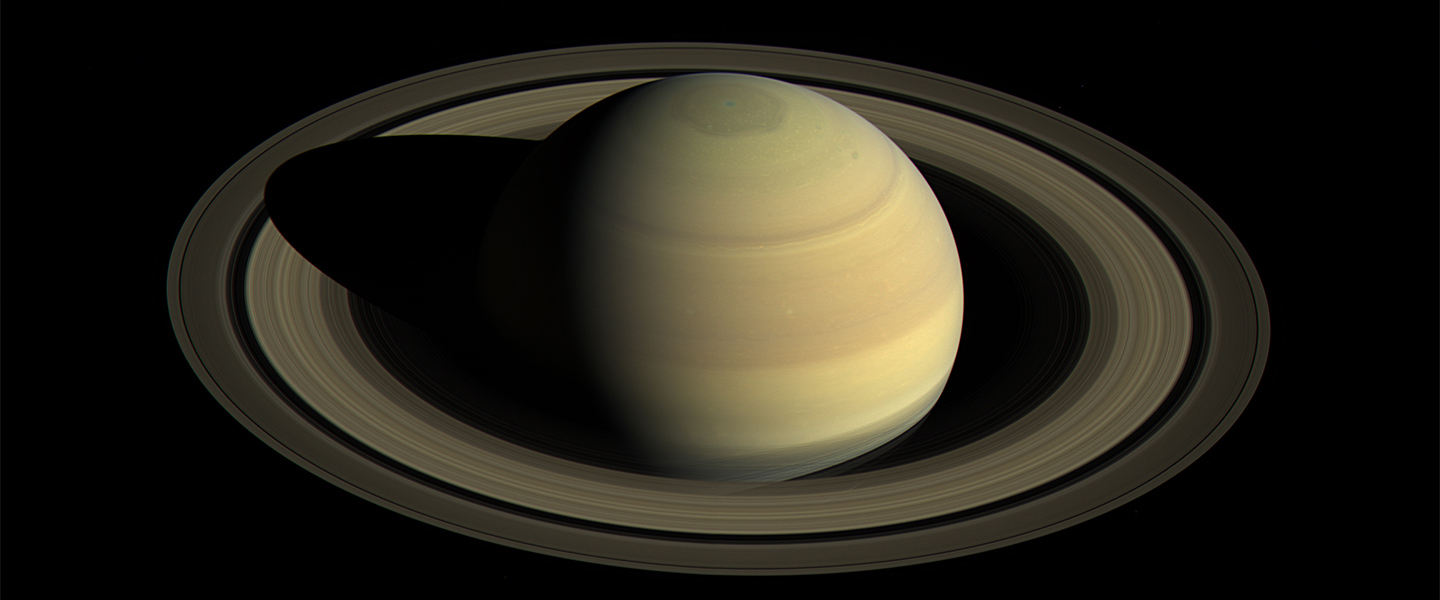NASA discovered crucial information about Saturn and its rings when they crashed their Cassini spacecraft into the planet, ending its 20-year mission in 2017.
As the spacecraft disintegrated, it measured the amount of material in Saturn’s rings.
Scientists found that the material in the rings weighs about as much as 40% of Saturn’s moon Mimas and formed between 10 and 100 million years ago. However, some researchers believe the rings are much older and formed as the planet did 4.5 billion years ago.
Saturn’s gravity is tugging the rings inward and will completely engulf them within the next 100 million years, leaving the planet ringless.
“These measurements were only possible because Cassini flew so close to the surface in its final hours,” Burkhard Militzer, the study’s author and professor of Earth and planetary science at the University of California, Berkeley, said in a statement. “It was a classic, spectacular way to end the mission.”
In order to receive correct measurements, scientists had to account for Saturn’s deep flowing atmospheric winds. The clouds are about 6,000 miles deep and rotate 4% slower than surface clouds found at Saturn’s equator.
Thanks to the Cassini spacecraft the research team was also able to determine that Saturn’s core is between 15 and 18 times the mass of Earth.
Thanks for reading InsideHook. Sign up for our daily newsletter and be in the know.
